Like many of the Canon FD mount lenses, there are several different versions of the same lens. The version I have is the most updated version – often referred to as the “new” FD 50mm f1.4, or nFD 50mm f1.4. The FD 50mm f1.4 was manufactured by Canon between 1979 and 1986 – one year before Canon introduced their auto-focusing EF mount. Based on the serial number, mine was likely manufactured sometime between 1984 and 1985 at the Canon Utsunomiya factory. The lens contains seven elements arranged in six groups, eight aperture blades, and weighs just 235 grams. It achieved this remarkably low weight by using mostly plastic in the lens body construction. In 1993, Canon would introduce it’s EF 50mm f1.4 lens utilizing the same seven element in six group design, so it’s easy to understand why the FD 50mm f1.4 is considered by most to have the most modern rendering characteristics of any FD mount lens.
PERFORMANCE
In researching the lens, I consistently read that at f1.4, the lens is a bit soft, but stop down to f2 and the image is remarkably sharp. Center sharpness continues to sharpen up until about f4, and if you’re trying to get consistent sharpness across the entire frame, stop down to f5.6. The lens remains quite sharp until about f11 where it it gets progressively softer as you stop down all the way to f22. To test this, I took several photos at f1.4, then again stopped down to f2. The results I got were right in line with what I read. In fact I noted this weird reverse vignetting in the center of the frame at f1.4 that was not present at f2. At first I didn’t think I was getting the exposure consistent when I was going from f1.4 to f2. But when you compare the photos, look at other areas of the photo like the sky for example and you’ll see that the center brightness/softness isn’t user exposure error – It’s just the lens. Note that no post-processing has been applied to these photos – they are essentially “straight out of the camera.” All the images were shot in Canon Camera RAW on my R5 Mark II utilizing a Pholsy FD to RF lens adapter. As has become my habit in the last year or so, I went to downtown Miamisburg Ohio to take my test photos.
I’m not going to say that the lens is unusable at f1.4, but it’s rendering characteristics are disappointing as compared to f2, though if you prefer an “imperfect” image rendering or what some call “character” you may disagree with my assessment. But wow…at f2 through about f11 this lens is remarkably sharp for a vintage lens. What a tremendous value this lens is at around a hundred bucks. Here are three more photos that illustrate what you can expect to get out of the lens with some post-photo Lightroom edits applied:
Here’s one of our Christmas tree I shot stopped down to f18 to see if it would give me star points on the Christmas lights, which it did:
Again, f2 to about f11 is where you will want to stay with this lens for optimal performance.
CONCLUSION
For the 50mm focal length, this lens is considered a budget hero. You have to step up to the FD 50mm f1.2L to get a better 50mm FD mount lens – which is going to run you between $600.00 and $1000.00. At the time of this writing , the FD 50mm f1.4 can be found between $50 and $100 depending on condition. If you’re looking for a lens that has vintage lens “character” of can provide a more film like look, I think it can provide it to a certain extent. But the real strength of this lens is the optical sharpness it brings to the table for the price – not to mention the unbeatable size and weight.
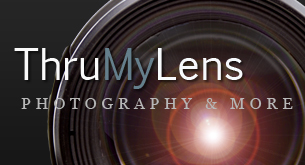
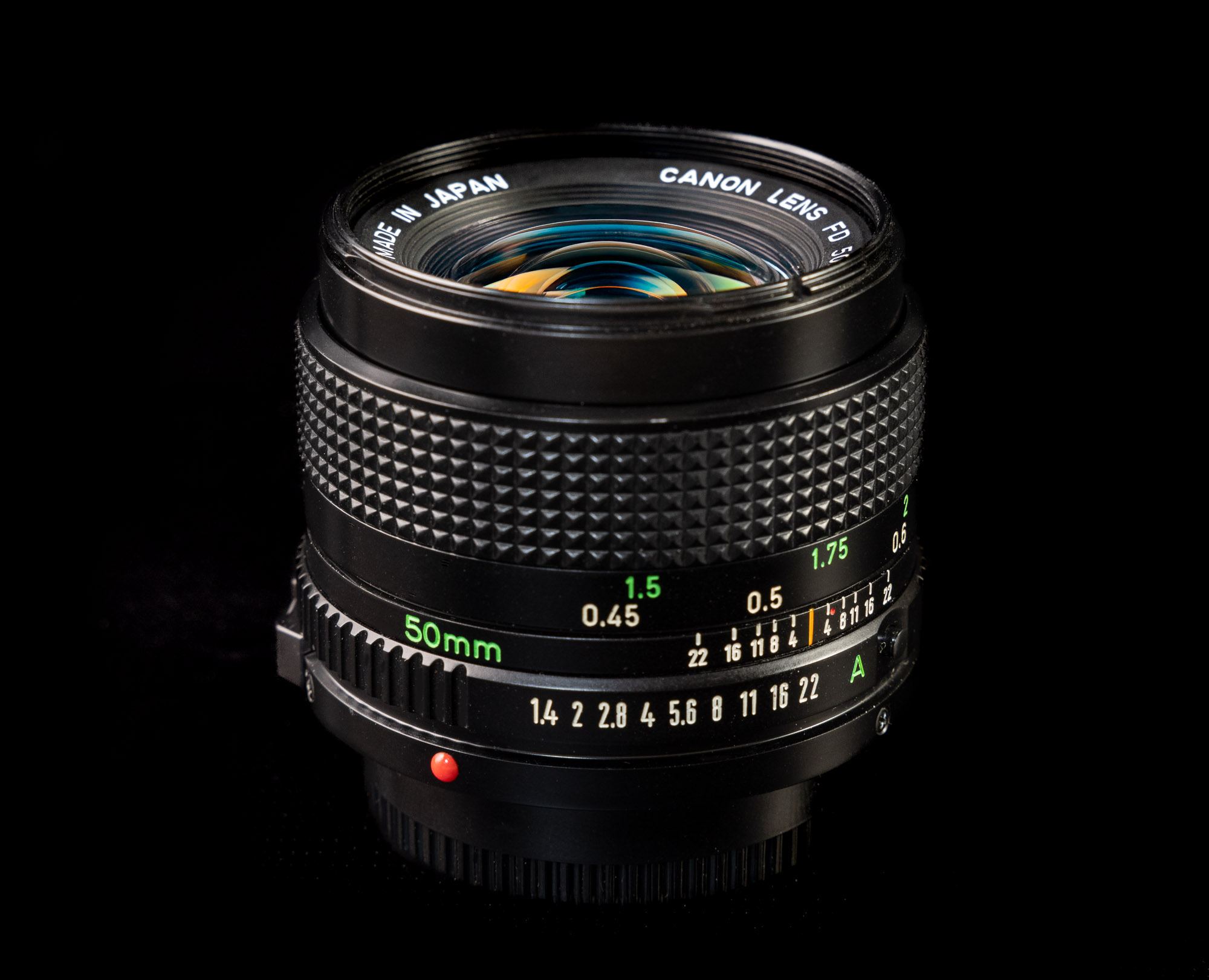
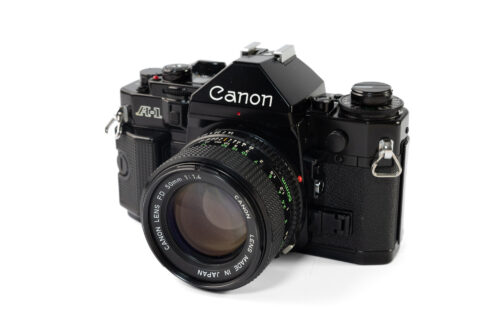
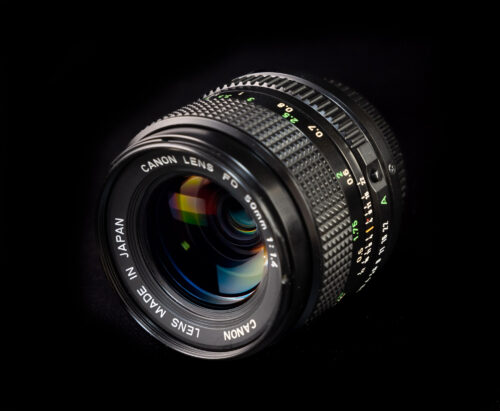
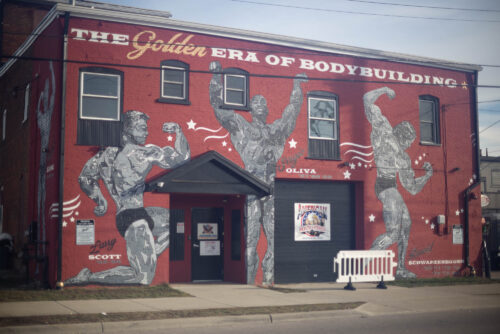
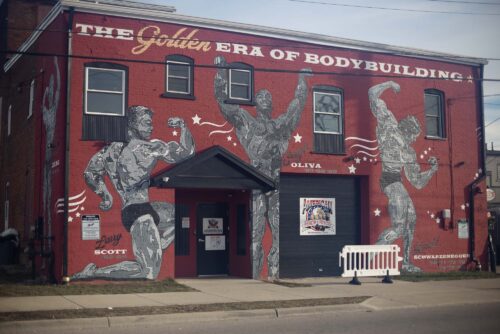
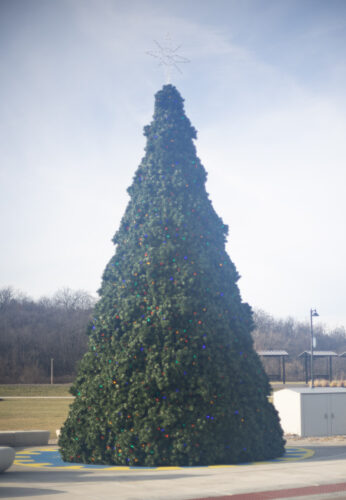
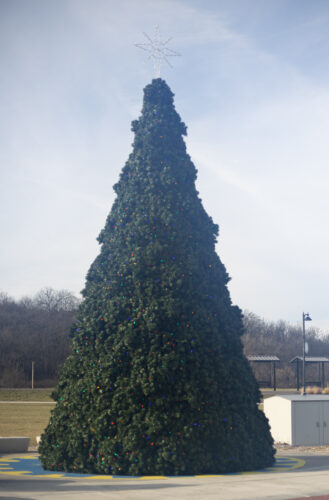
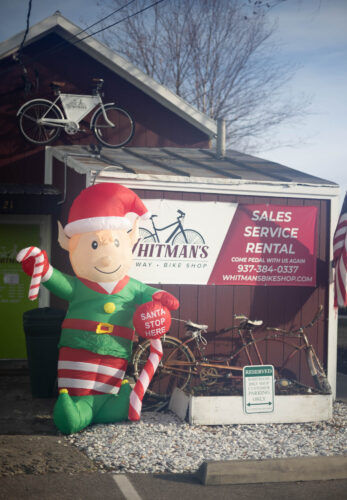

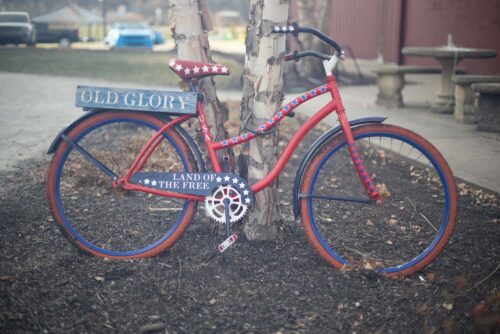
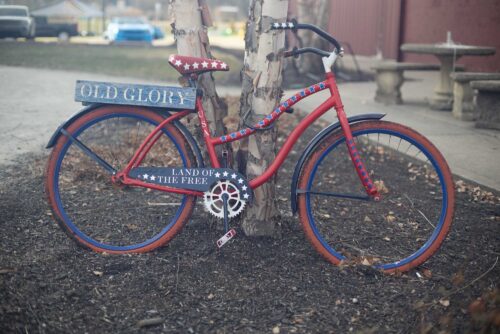
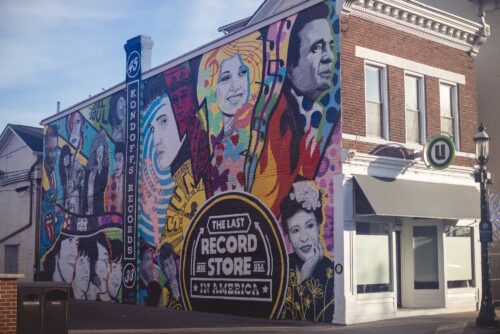
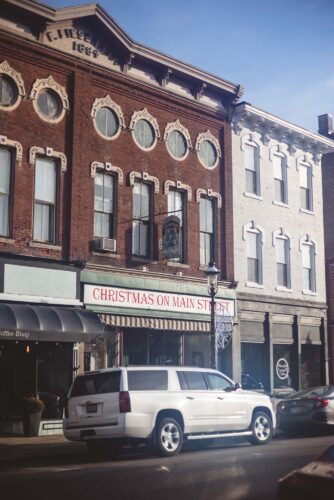

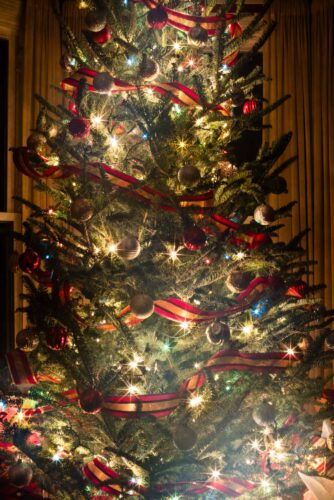
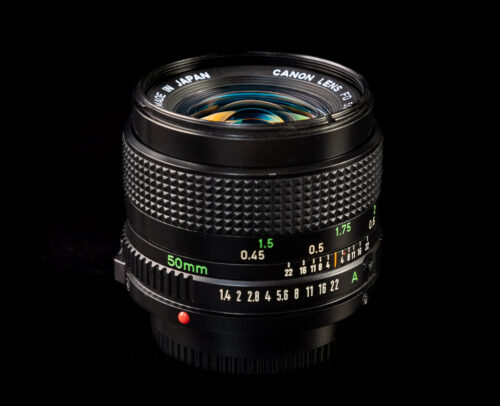
0 Comments